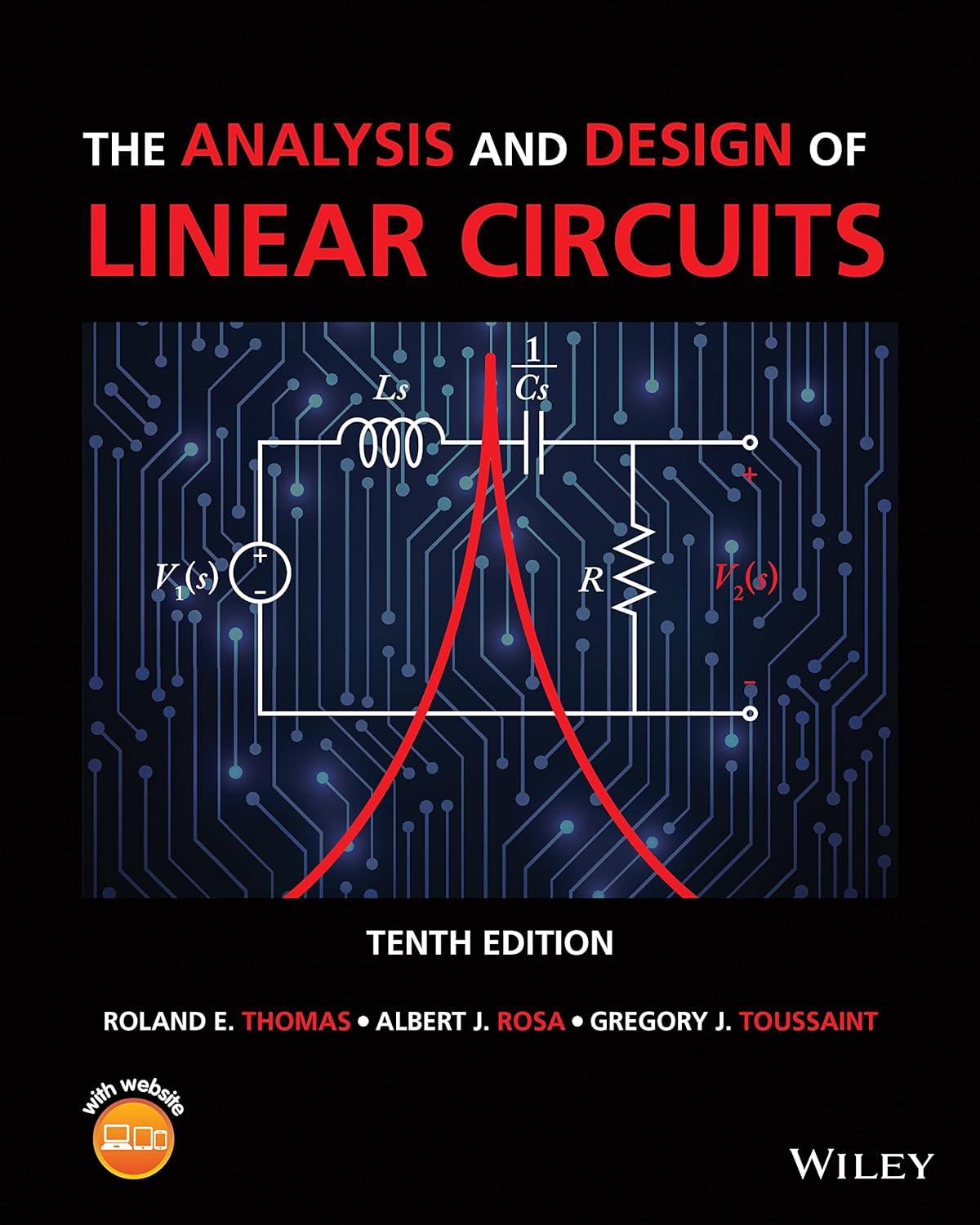Several of the time descriptors used in digital data communication systems are based on exponential signals. In
Question:
Several of the time descriptors used in digital data communication systems are based on exponential signals. In this problem, we explore three of these descriptors.
(a) The time constant of fall is defined as the time required for a pulse to fall from \(70.7 \%\) to \(26.0 \%\) of its maximum value. Assuming that the pulse decreases as \(e^{-t / T_{C}}\), find the relationship between the time constant of fall and the time constant of the exponential decay.
(b) The rise time of a pulse is the time required for a pulse to rise from \(10 \%\) to \(90 \%\) of its maximum value. Assuming that the pulse increases as \(1-e^{-t / T_{\mathrm{C}}}\), find the relationship between rise time and the time constant of the exponential rise.
(c) The leading-edge pulse time is defined as the time at which a pulse rises to \(50 \%\) of its maximum value. Assuming the pulse increases as \(1-e^{-t / T_{C}}\), find the relationship between leading-edge pulse time and the time constant of the exponential rise.
Step by Step Answer:

The Analysis And Design Of Linear Circuits
ISBN: 9781119913023
10th Edition
Authors: Roland E. Thomas, Albert J. Rosa, Gregory J. Toussaint





